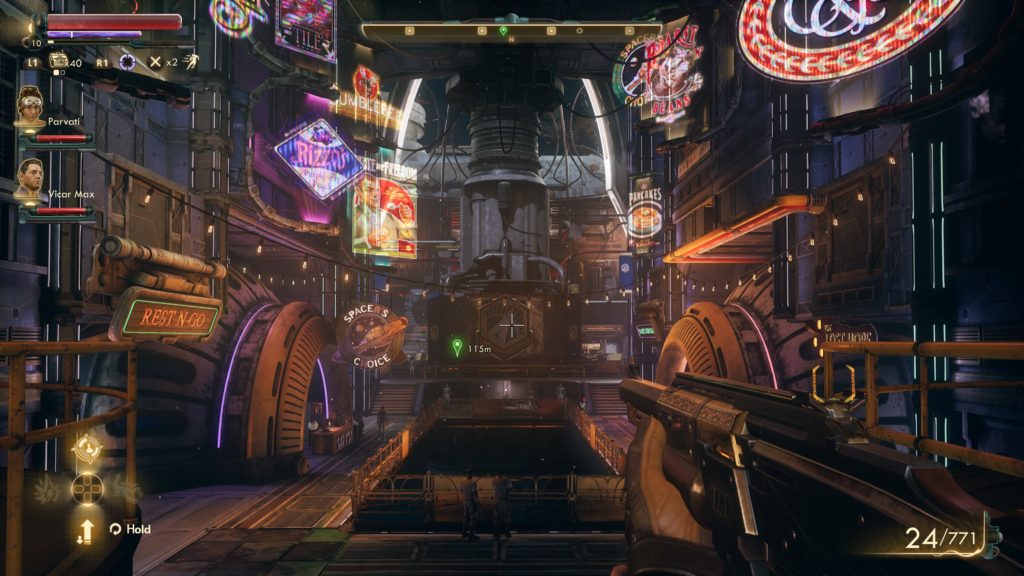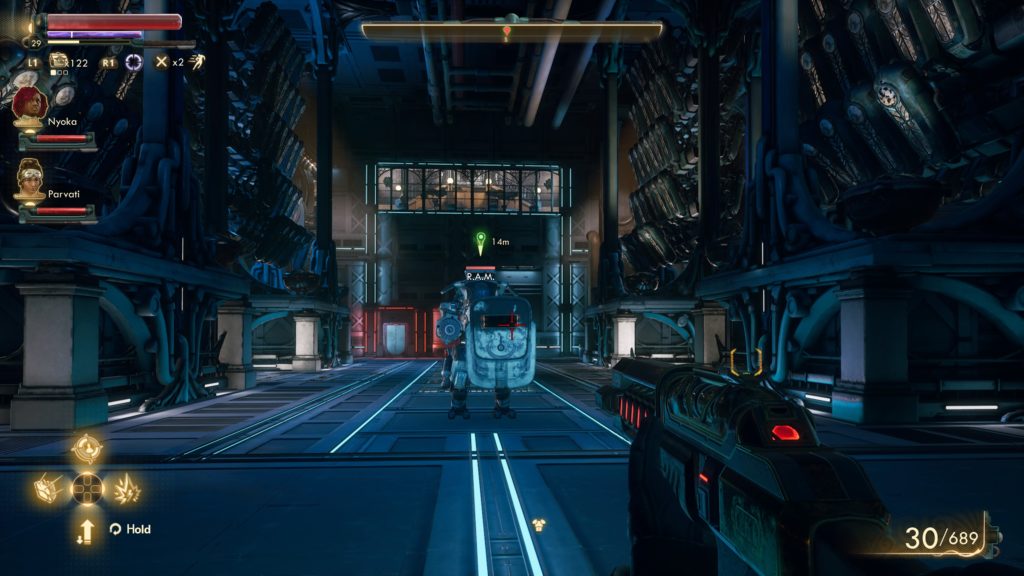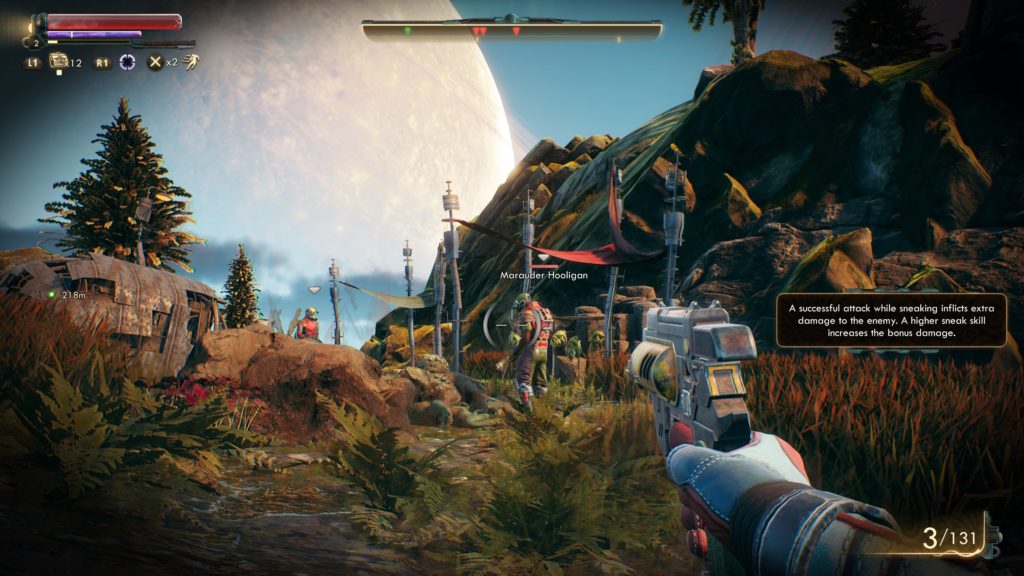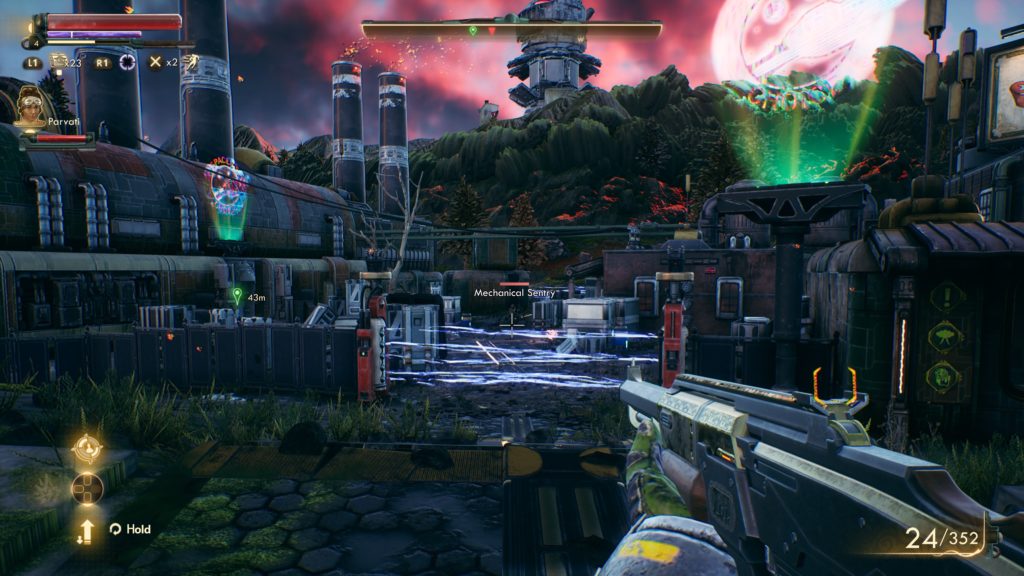- Genre: FPS
- Platform: PS5
- Also Available On: PS4, Xbox One, Xbox Series X|S, Windows
It’s been a long time since I played a Borderlands. I loved the first couple, quickly fell off The Pre-Sequel and altogether skipped 3. However, this one pulled me back in with a somewhat more unique setting thanks to them diving full into Tiny Tina’s shenanigans. I’m not going to pretend that the writing felt like it was aimed at anyone older than 12 years old, but boy does the game loop still just work.
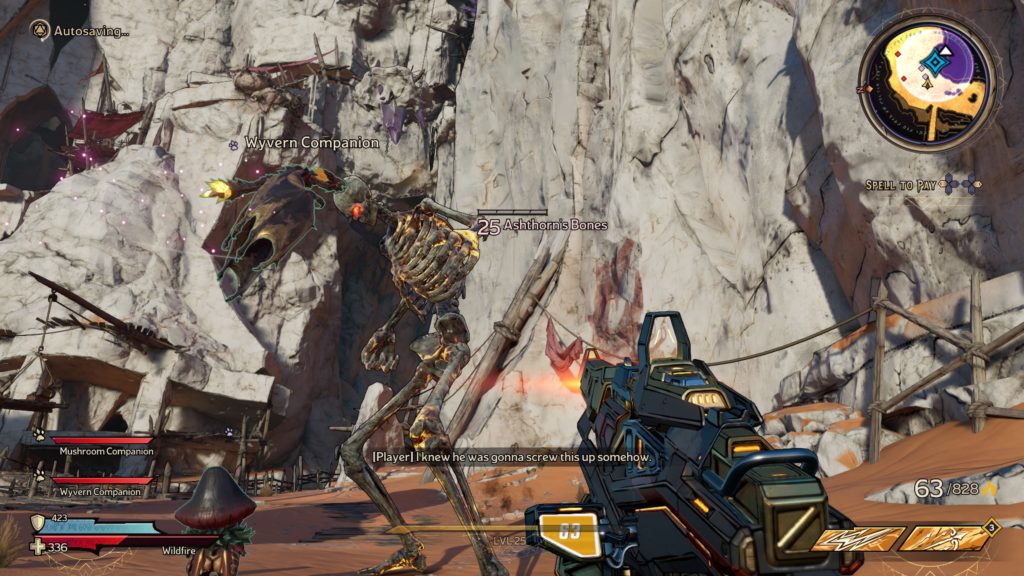
If I was to point at one thing that made this work so well for me, it’s that the typical Borderlands gameplay just slots right in. Those games already had elemental attacks, so there’s your fantasy magic. Those games already had alien creatures, so fantasy-focused characters just slot in. Those games had the sirens, so mages just fit in place. The core was there, so even in a completely D&D focused setting it all feels entirely familiar. Guns are perhaps a bit weird, but whatever it’s D&D. I’m sure someone has made it work.
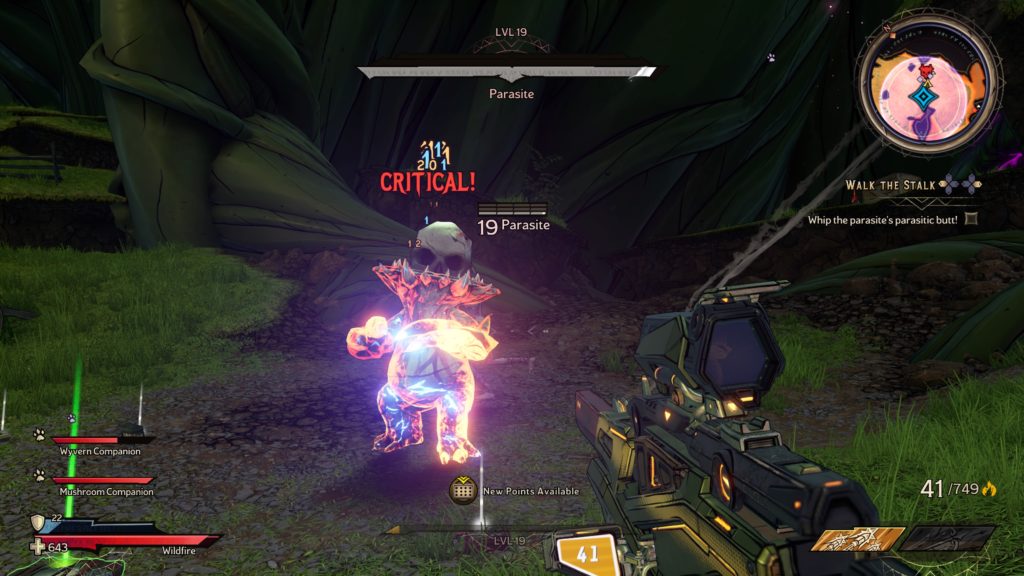
That’s not to say that things felt stale though. The way I built out my character felt unique in a way that I don’t remember being able to push in previous games. I ultimately went with a two-class combination of the Spore Warden and Clawbringer class archetypes. The first of those is a poison summon-focused class with an emphasis on critical hits. The second is a fire/lightning summon-focused class with an emphasis on damage mitigation. The obvious thing to notice there is that I’ve got three elemental damage sources already, but it’s more than that. The crit + damage mitigation let me do silly things with stats.
Ultimately my character ended up being a glass cannon. All of my stats went into three things – crit chance, crit damage, and elemental damage. I did nothing with any mitigation stats so if I took damage I was more often than not dead. However, my increased crits meant I could save myself in almost all situations extremely effectively with a kill while bleeding out. If not, my mushroom summon could also revive me while my secondary wyvern contined to dish out damage. Also, because my summons had three elemental types I could build into a fourth (in this case, health drain) that helped me stay alive at a higher rate while still hitting enemy weaknesses. I furthered this by exclusively picking shield wards with low health pools but quick recharges, where my goal was to have its recharge be less than 2 seconds. Basically, I could probably take one hit but would need to be getting out of harm’s way, but could quickly rejoin the fight afterwards.
It’s a build that for me really hit into the strengths of how they setup the classes for this game. They really kind of just turned the ridiculousness knob a bit more and pulled out some unique combos that feel like they’re pushing the mechanical boundaries for the game in fun ways. It let me mould my gearing around my class setup, and in this case allowed me to treat the game as more of a cooperative experience despite playing in single player. It’s the kind of thing that really is truly unique to the Borderlands series.
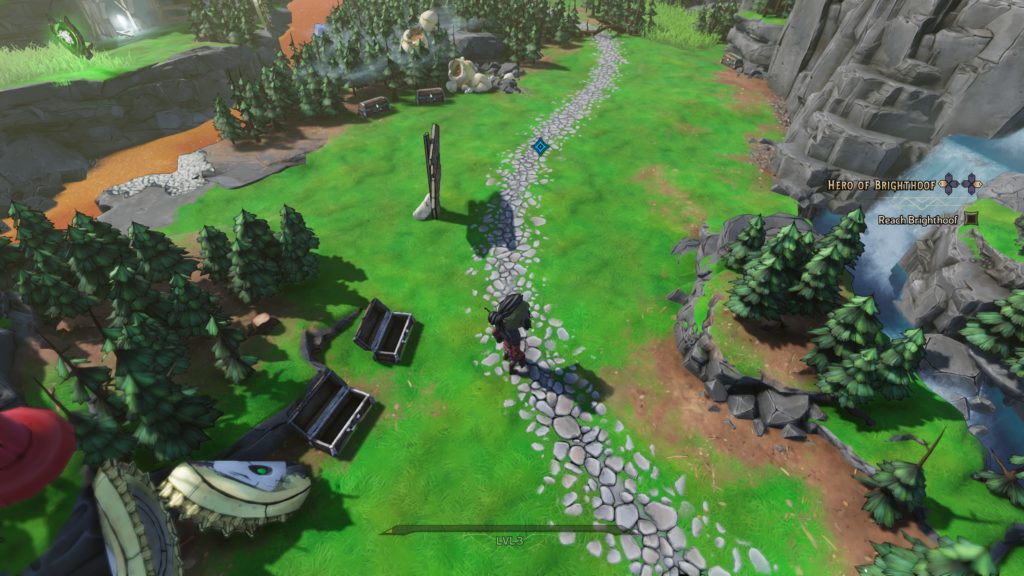
I will give a shout out to their overworld change as well. Getting rid of vehicles is one of the best things about the metagame here. Rather than travel through miles of garbage to get to your main story locations, you have a relatively nice area to explore. It’s got a lot of side quests and collectables and combat encounters to do. However, it’s also much faster to get through. It’s a fairly common improvement that the game has shown. Everything here is much tighter. As an example, the side quests feel much better integrated into the story’s golden path, so you can do them as you wander through instead of going out of your way. They’re also generally more often substantial side stories rather than collection quests. The whole experience is very much Borderlands with less padding, and it’s to the benefit of the game.
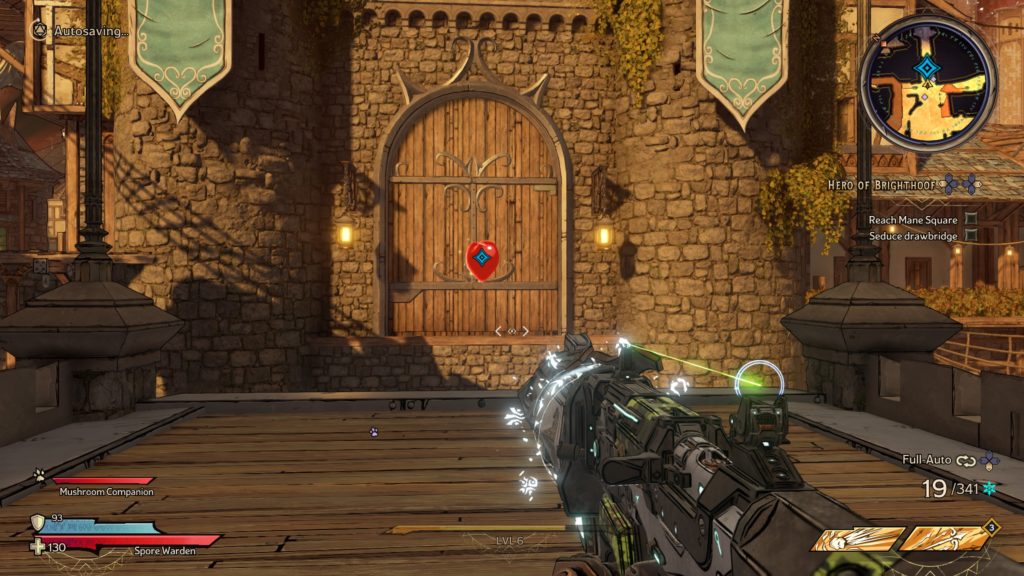
That said, the screenshot above in which you seduce a drawbridge is indicative of my main problem with the game. The comedy just feels immature. Some of it is funny, but I found myself groaning instead of laughing more often than not. In a lot of ways, it really just made me feel old…..which might be true, but it’s not something that I ran into in past games. It’s things like the queen of the land being a unicorn named Butt Stallion, or seducing the drawbridge, or Torgue’s cursing being bleeped while being far more common under the guise of trying to stick to a teen rating. Rather than trying to hit a rating, it just feels like it was written for that level of audience. It was never egregious enough for me to not want to play the game, but the writing definitely was not helping the game for me.
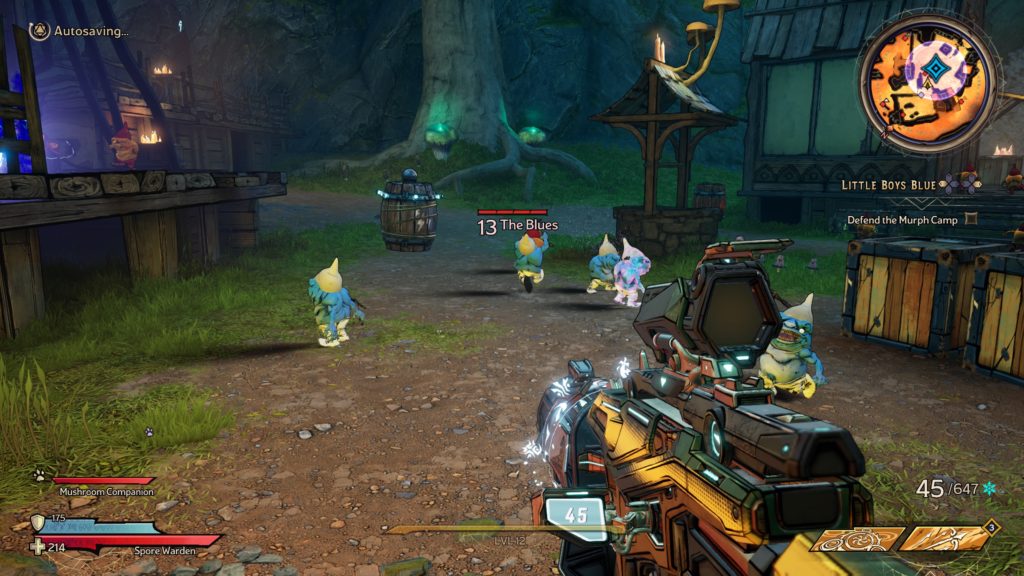
This game feels like it’s going to end up on my long term short list. Borderlands 2 filled that role for a long time as the game I could hop into and just play for the sake of playing. Diablo 3 filled that role for a while, especially on the Switch. Of late that distinction has gone more towards games like Forza Horizon. However, this one may take over for a bit. It’s just such a well refined gameplay loop that it’s easy to hop in, and for me it’s made the series feel fresh again. In good news, gear hunting after the first play through also means I can just ignore the comedy and gear grind, which is probably what I wanted anyway.


